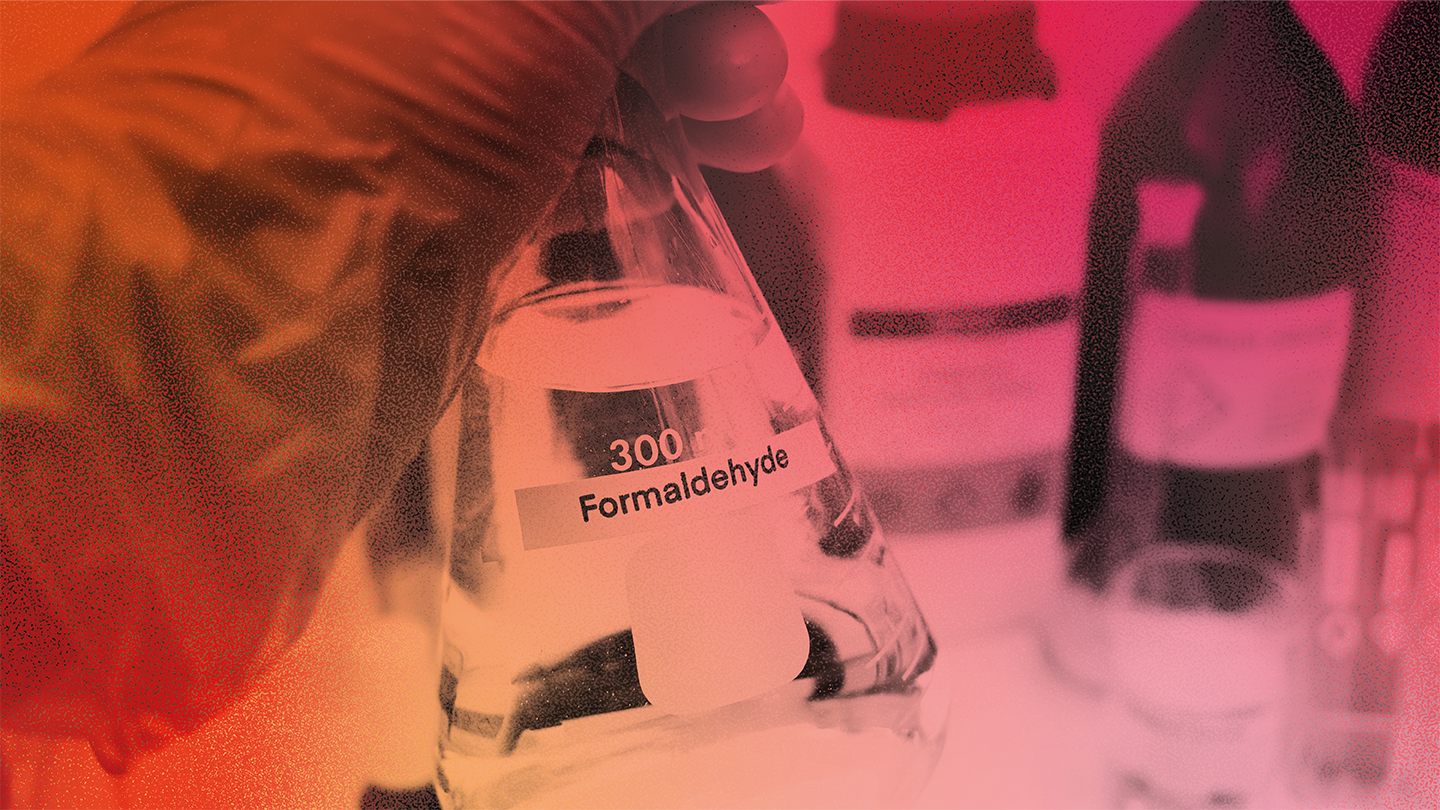
Implementing a recycled formalin circuit in surgical pathology reduced annual formalin use by 26 percent, cutting costs by €4620 and preventing 2,434 kilograms of CO₂-equivalent emissions without affecting diagnostic performance, according to a recent study.
In a study published in Pathology researchers investigated the implementation of a recycled formalin circuit to reduce the environmental impact of surgical pathology without compromising diagnostic quality or laboratory safety. Recognizing the toxicological and ecological burden of formalin, the researchers developed a filtration protocol to reuse biopsy-derived formalin with acceptable biochemical characteristics.
Formalin selected for reuse was required to have a neutral pH (target of 7), be clear and transparent, and free of residual tissue. The recycling process involved filtering this solution through a 250-mm folded paper filter before using it to fix fresh surgical specimens. From March to June 2021, 107 surgical samples were processed using recycled formalin, including 85 colorectal, 16 pediatric carcinomatous, and 13 non-carcinomatous specimens. The study, led by Anne Rullier of the Department of Surgical Pathology, Bordeaux University Hospital, included a control set (n=13) and a validation set (n=94) to evaluate consistency and quality.
All specimens underwent standard histologic processing. Immunohistochemistry was completed in 54 cases (50 percent), with nuclear and cytoplasmic staining successfully performed. Molecular biology analyses, including DNA and RNA sequencing, were conducted in 14 cases (13 percent), all of which produced reliable results across three national platforms.
Molecular assessments of DNA contamination were performed using droplet digital PCR. DNA extracted from recycled formalin demonstrated a mean concentration of 0.224 ng/μL and 20.89 KRAS-amplifiable copies per 40 μL of formalin. In comparison, new formalin showed a mean of 0.26 copies, and dirty non-filtered formalin contained 84.14 copies. Despite increased copy numbers in recycled and dirty formalin, follow-up next-generation sequencing of tissue fixed with contaminated formalin did not detect the KRASG13D mutation, indicating that recycled formalin did not compromise molecular analyses.
In terms of environmental outcomes, formalin consumption declined from 7,831 liters in 2021 to 5,630 liters in 2022—a 26 percent reduction—adjusted for a 9 percent decrease in surgical volume. This resulted in €4620 in cost savings and prevented the release of 2,434 kilograms of carbon dioxide equivalents. Additionally, researchers estimated that human toxicity was reduced by 68 1,4-dichlorobenzene equivalents, while freshwater toxicity decreased by five equivalents.
The researchers concluded that their filtration-based recycling approach provides a practical, safe, and sustainable method for reducing formalin use in routine surgical pathology.




